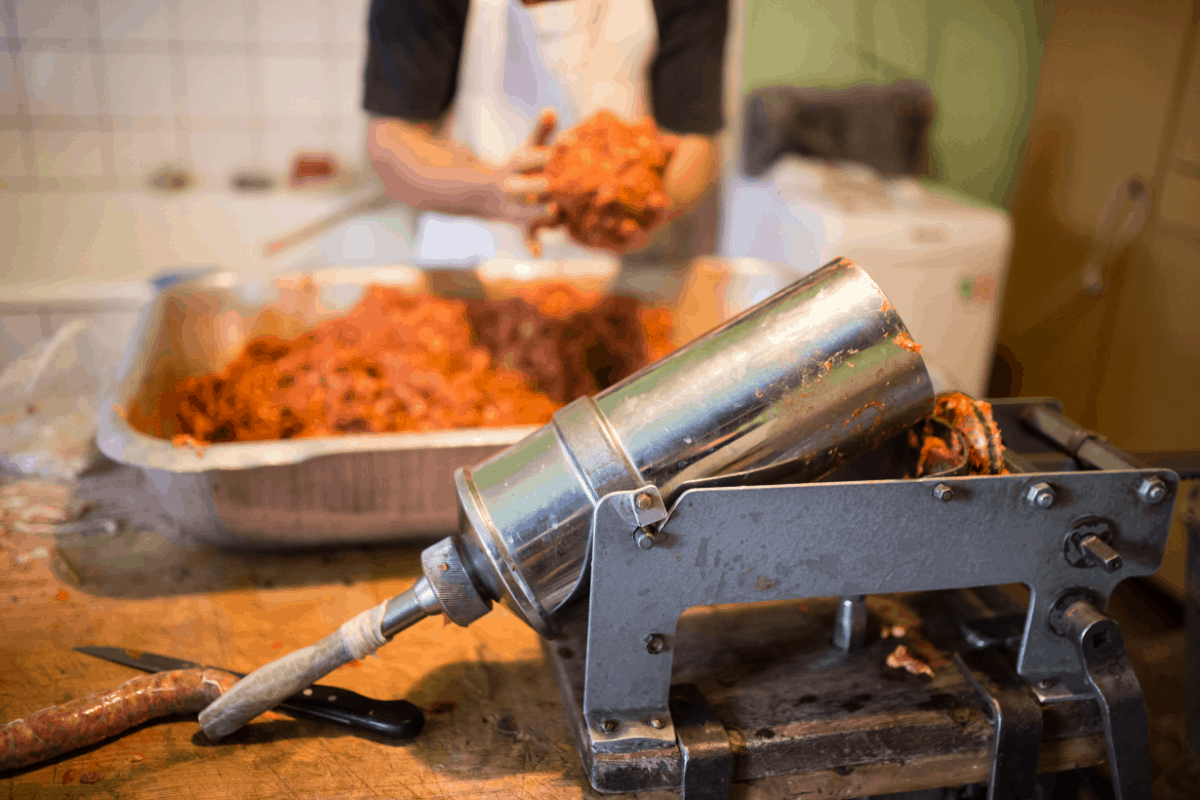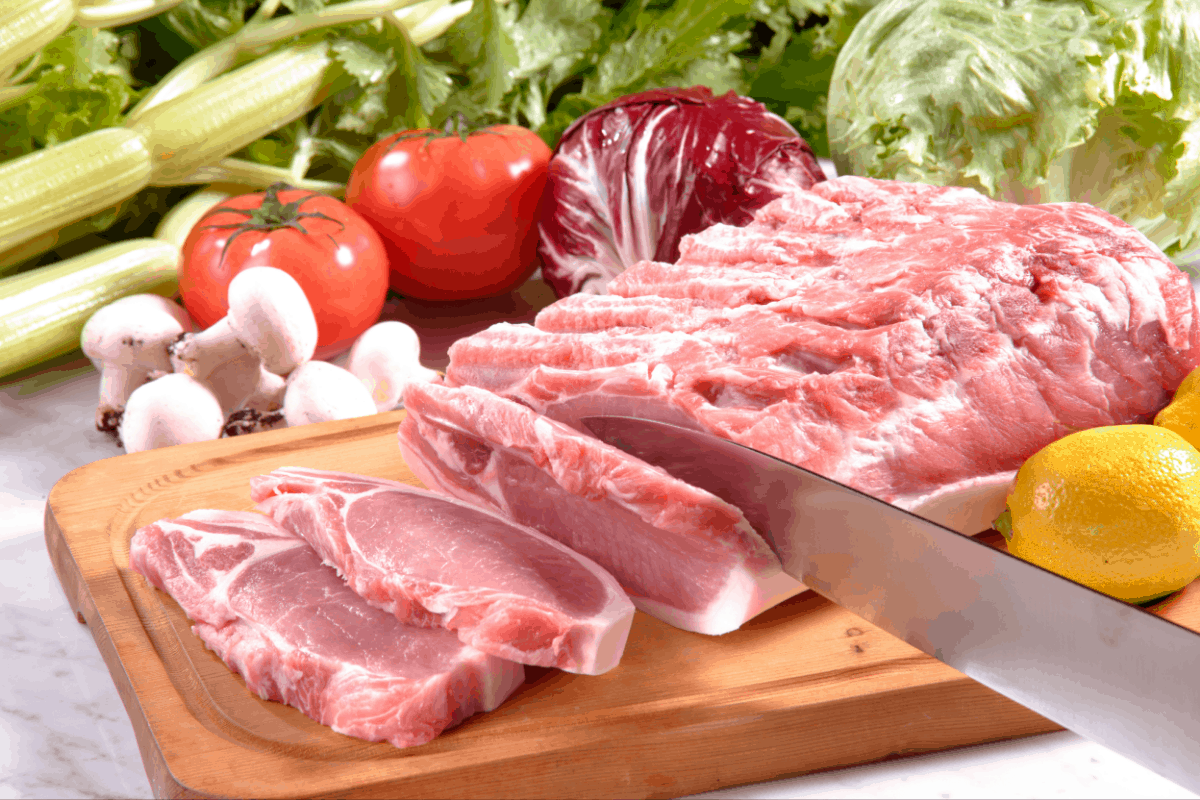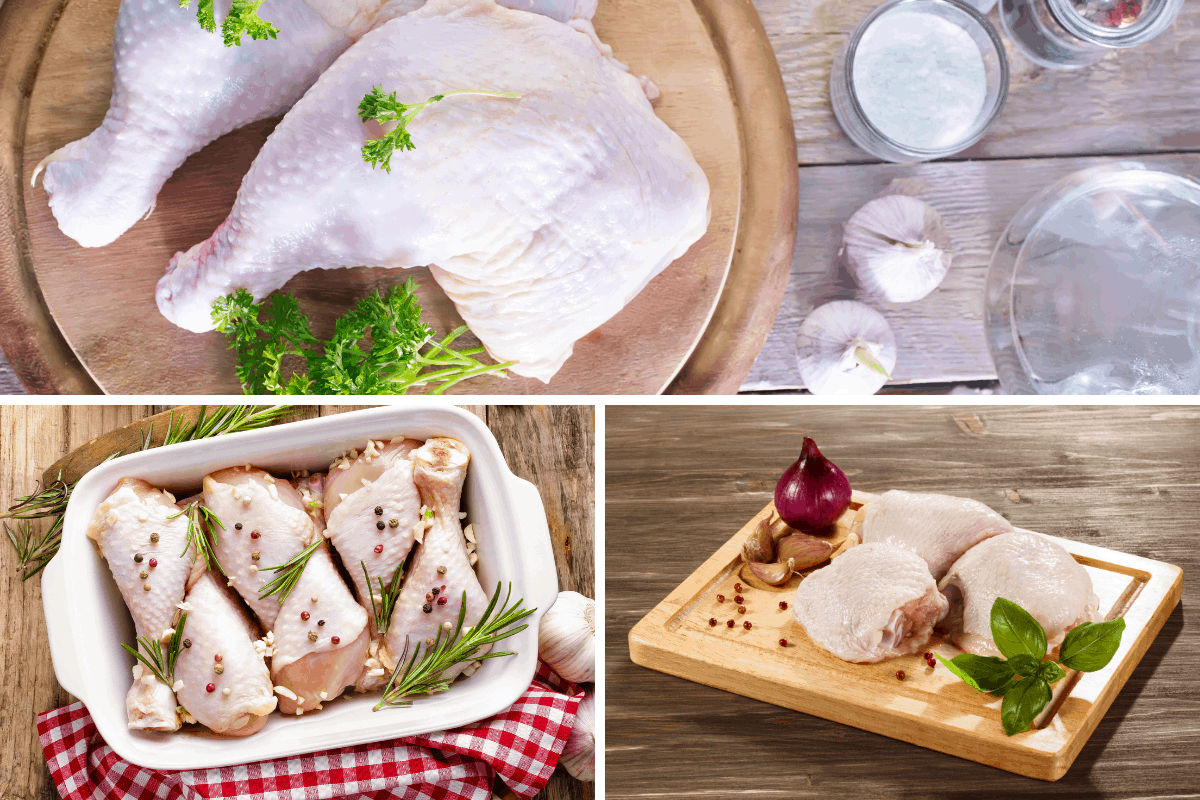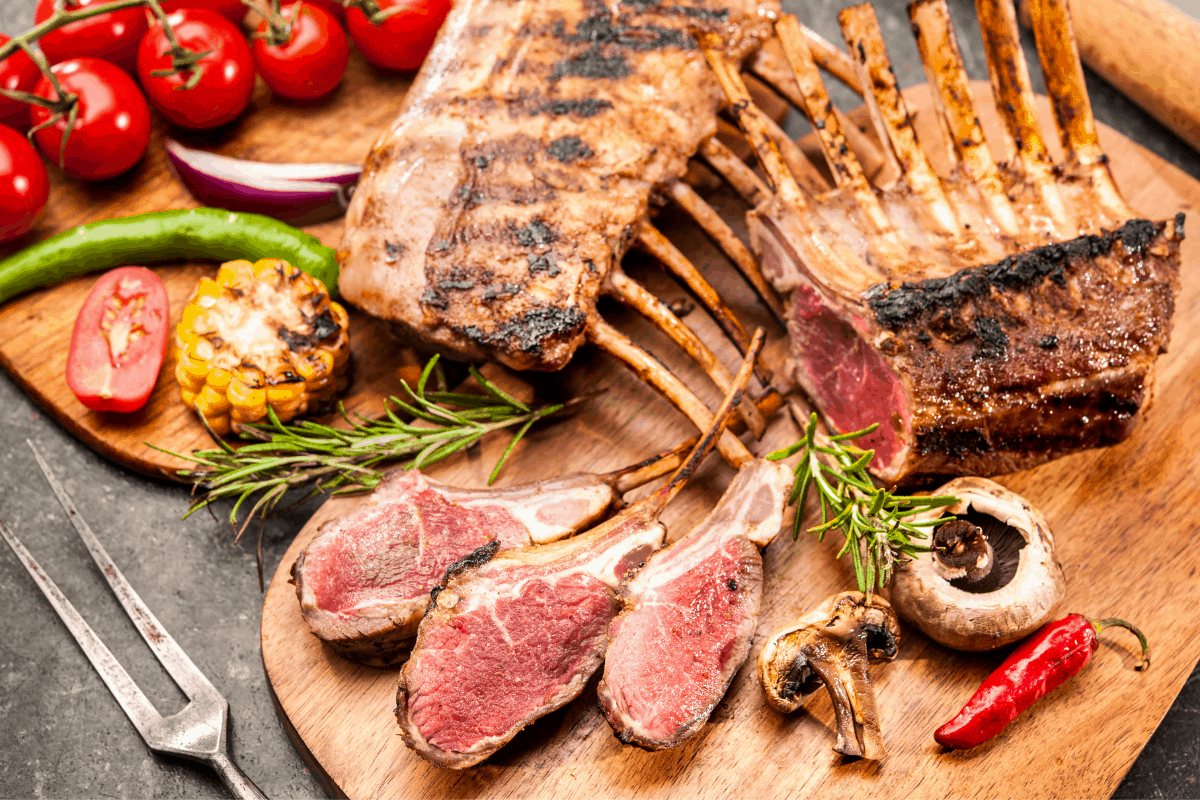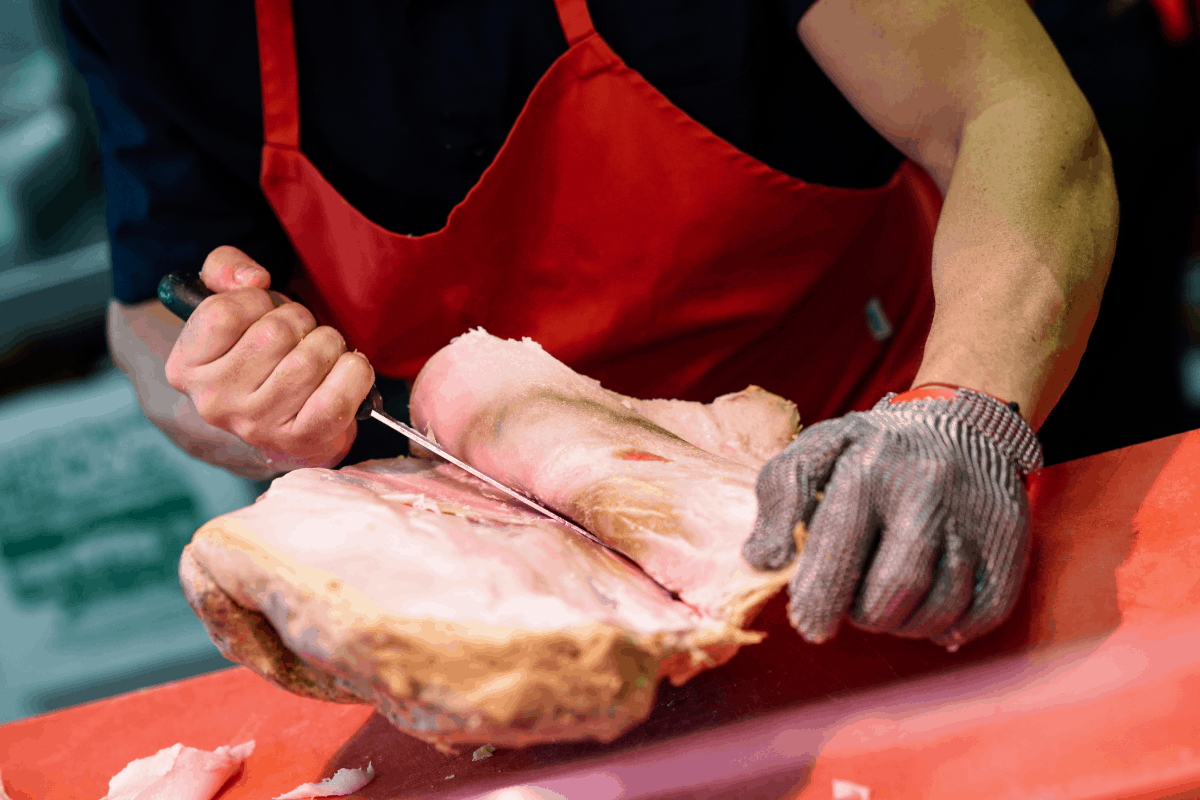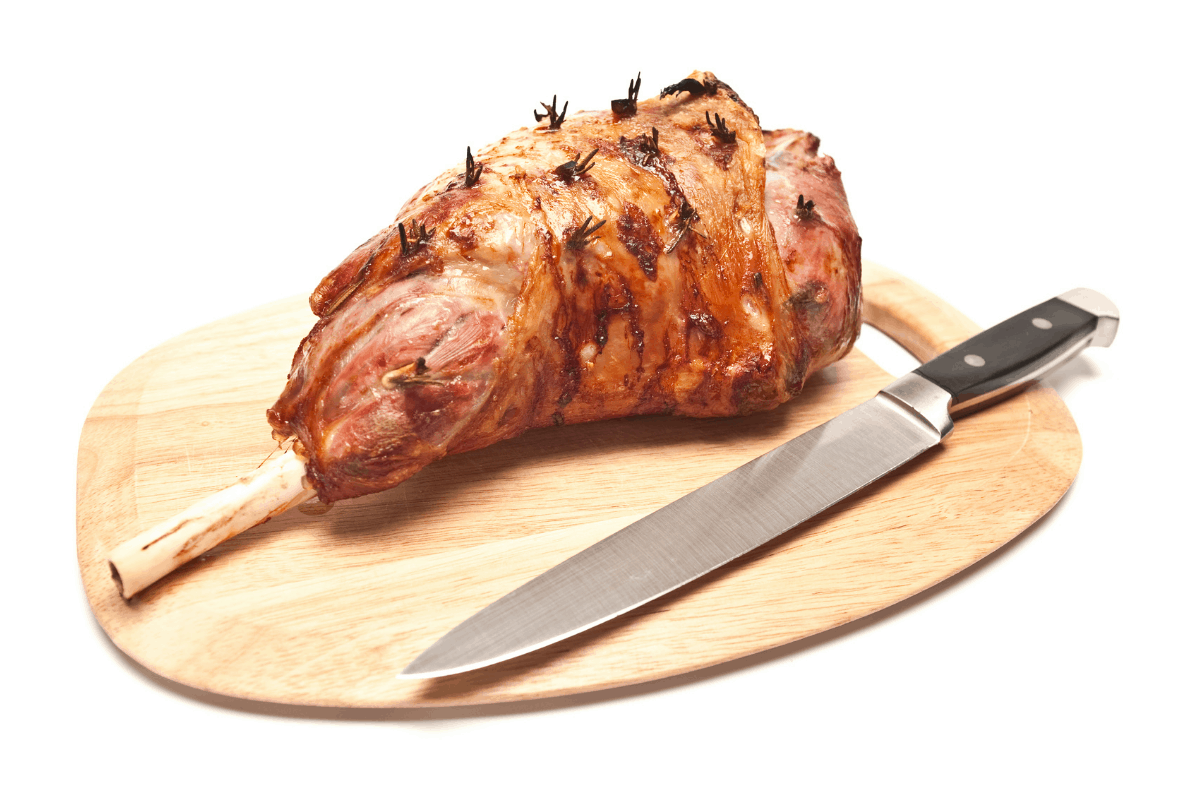So you’ve just made your very first batch of homemade sausage and have cooked some off for a taste test. Upon cutting into the sausage you find it is dry and crumbly, not what you were hoping for. What went wrong?
Why can homemade sausages be dry and crumbly? When making homemade sausages, it is essential that you use enough fat and liquid in the mix to help the ingredients bind together. Also ensuring that the meat, fat and equipment is very cold during preparation will further help prevent these issues from arising.
We will know look at why these points are so important in your homemade sausage making endeavours.
Fat Content Is Very Important In Sausages
One of the reasons people start making their own sausages is the wanting to control exactly what goes into them. With the horror stories of what goes into commercially made sausages, this is perfectly understandable.
However, with this control comes the issue of fat content.
Admittedly, many commercial sausages can be extremely fat heavy in their content, and this can be very unhealthy and offputting, however, sausages that are too lean can be just as unpalatable.
One of the reasons people who are new to sausage making end up withy dry and crumbly sausages is because they remove too much of the fat content from their recipe.
Good quality sausages are made using cuts of meat that have been specifically chosen for their flavor and higher fat content.
Sausages really need a minimum of 15 – 20% fat content, and for a truly delicious and moist sausage, that fat content should be closer to 30%.
The reason that the fat is so important when making sausages is that not only does it provide much of the flavor, it also helps to bind the meat and ingredients together which prevents the crumbly texture, and also adds moisture during the cooking process, which prevents the sausage from drying out.
Here we have an article about the Lean Meat to Fat Ratio for Homemade Sausage
Use Fattier Cuts of Meat for Succulent Sausage Results
Fat plays an important part in keeping your sausages from drying out. One of the best ways to add the fat is by choosing the cuts of meat that naturally carry more fat in them.
It is better to have the fat running through the meat, than it is to add chunks of fat, although in leaner animals adding the fat separately is better than not adding fat at all!
Generally meat taken from the shoulder and belly of the animal are going to provide you with the best results, and a combination of cuts from both of these parts of the animal will usually give you the enough natural fat content to ensure a decent sausage.
In the case of pork, 70% shoulder and 30% fatty belly pork ground together will come close to giving you a good blend of fat to lean ratio.
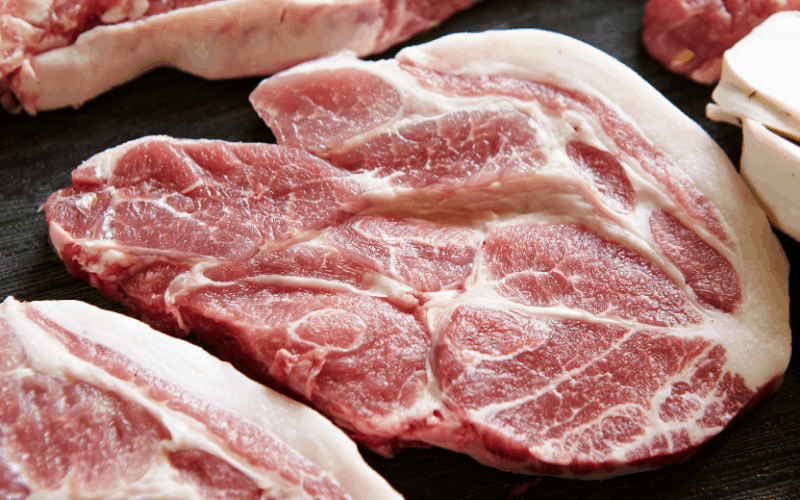
When To Add Extra Fat To Keep Sausages Moist
As mentioned, the shoulder and belly/breast of the animal naturally carry more fat than the leaner parts such as the leg and loin. However if you are a hunter and are making sausages from the likes of venison, elk or other lean game meat, you may find that there is not sufficient fat even in those chosen cuts.
To ensure you get a quaility sausage, it would be recommended that you add some fatty pork meat to the mix to give you the required fat ratio. You could just add some pork back fat (aka: fatback), which is purely fat, but you may find that this somewhat separates from the lean and doesn’t quite combine as well as using fatty ‘meat’ cuts.
Adding Liquid To Sausages
As you can imagine, liquid is also important in the sausage making process.
Depending on the liquid being used, it not only helps to bind the meat, fat and ingredients together, but also adds distinct flavor to the sausages.
It is not uncommon for beer, wine, apple juice, cider and many other liquids to be added as a ‘secret’ ingredient to a favorite sausage recipe.
It is even more important to ensure you have used enough liquid if you are using some kind of binder in your sausage such as bread or rusk. These fillers are usually dehydrated when applied to the sausage meat and can soak up much of the liquid added, leaving very little to do the job of binding the mixture together.
Some makers who use bread or rusk will soak these binders prior to adding them to the sausage meat, and then will add the appropriate amount of liquid to the mix as well.
Another thing to consider is the meat that you are using and the amount of moisture that it is naturally carrying. Fresh meat will have a higher moisture rate than say a joint of beef that has been ‘hanging’ for a couple of weeks.
All of these issues need to be considered when deciding how much liquid to use in your sausages. as it can mean the difference between a great sausage, an OK sausage and a dry crumbly sausage!
Your are looking for a moist and slightly sticky consistency. If when you are mixing by hand, the sausagemeat is sticking to you hand and fingers, then more liquid is required. If the sausagemeat is slopping around, then you have added too much. You will get to know what is the ‘right’ consistency, the more sausages you make.
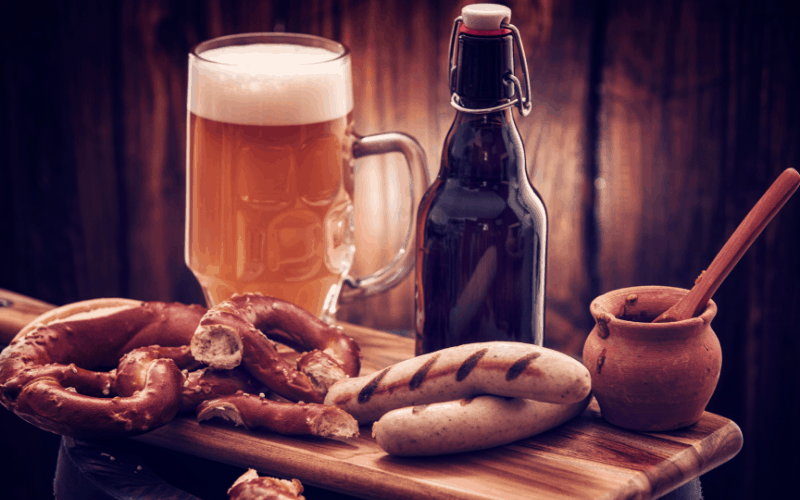
Keep The Meat & Equipment Cold!
One of the most important aspects of the sausage making process is ensuring that everything is kept COLD!
Before you start making your sausages, you want to make sure that your meat is heavily chilled and any liquid that you plan to add is ice cold too.
If you have the space, it is also good practice to chill the equipment you will be using such as the meat grinder etc.
Food borne pathogens and spoilage bacteria begin to multiply when the meat is allowed to reach a temperature above 40oF/5oC. The longer the meat is above this temperature, the more the bacteria will multiply leading to your sausages spoiling much quicker than if the meat was kept chilled.
Also, warmer meat will not grind as well as chilled meat and is more likely to be mashed through the grinder plate, rather than cut. This will lead to an inferior quality sausage and will affect how the sausage eats.
As well as keeping the equipment cold, ensure that it is also in good condition, and that the blades of the grnder/mincer are sharp. Again, if the grinder knives are dull, the meat will be mashed rather than cut.
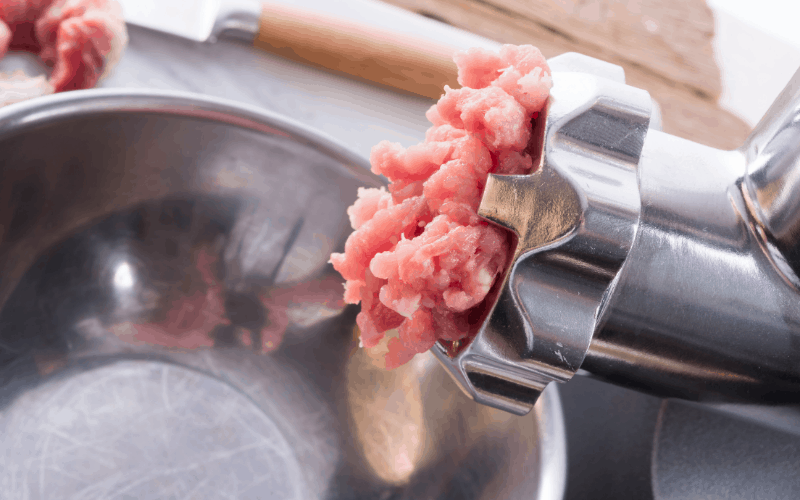
So as you can see, using good quality cold meat with the right ratio of fat, ample liquid and correctly maintained equipment, should go a long way to preventing you from producing dry and crumbly sausages.
Trial and error will be part of the process, but you will soon come to recognise the consistency of the mixture that provides you with delicious succulent sausages time and again.
Here is a very informative video by English butcher Scott Rea showing you the whole process of sausage making if you are new to the art of sausagemaking.
